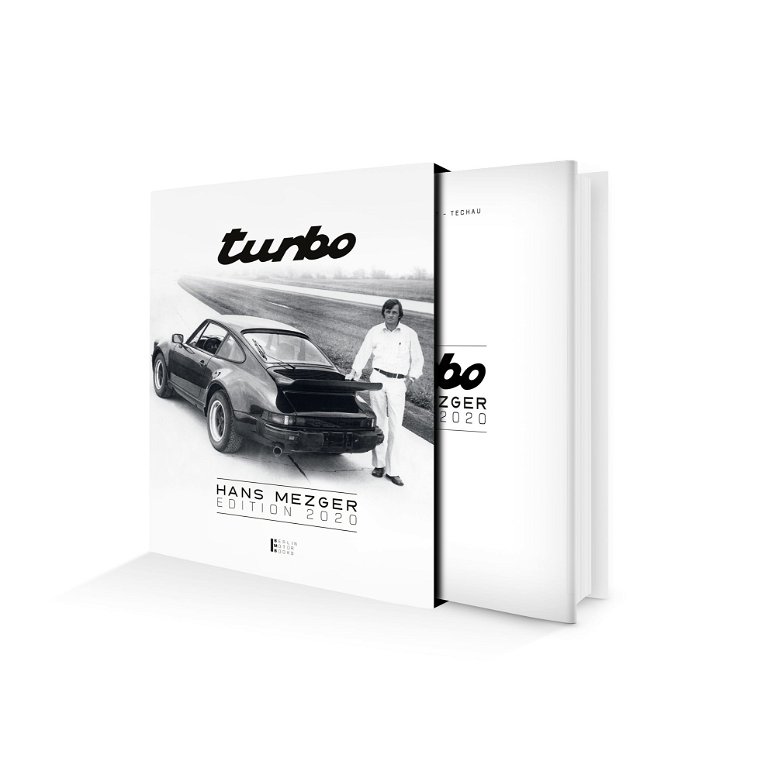The equipment also includes the electric soft top operation, which was not a matter of course at the time. Both the interior and the paintwork in dark blue (K5V8) are in original condition. Only the front boot lid was repainted. The ownership and service history are fully documented thanks to a Carfax and the mileage is therefore also credible. The engine is identical in number (“matching numbers”). According to the documentation, the car was registered to the first owner in New York in November 1989. A change to the second owner took place in California in 1996. The latter kept the exclusive sports car until May 2005. The third owner, also in California, had this Turbo until 2017. The current (fourth) owner acquired the car in early 2017 and imported it to Europe. It was converted to the European specification at the Porsche factory. Only the mileage counter in the now metric speedometer was left original (in miles). Since then, the car has been part of a collection in Austria. It has not yet been registered in Europe, but has only been used with short-term number plates. This 911 Turbo is a particularly rare and exclusive collector’s item due to the combination of the two features Cabriolet and Flatnose design, of which only around 200 vehicles were produced. An original factory-specification example like this one is extremely hard to find.
Model history: In 1974, a new top model was presented at the Paris Motor Show – the 911 Turbo with the internal designation 930. Until then, this turbo technology for increasing performance had only been used in motor sports. Porsche had also achieved great success with turbocharging in the early 1970s in racing cars such as the 917/10 and 917/30, and the experience flowed into series production. The air-cooled 6-cylinder boxer engine with turbocharging had a displacement of 3.0 liters and produced 260 hp. A value that could rival the super sports cars from Italy and England of the time. By the end of 1977, the displacement had already been increased to 3.3 liters. Together with a higher compression ratio and the use of an intercooler, output rose to 300 hp. Visual differences of the 911 Turbo are strongly widened front and rear fenders with a wider track as well as a large rear spoiler with a distinctive rubber edge, under which the intercooler is hidden. Initially, the 911 Turbo was only available as a coupe. From model year 1987, the Turbo was also available as a Targa (297 units) and Cabriolet (2,366 units). From 1981 onwards, the 911 Turbo was available as a retrofit (not ex factory) with a flat front end with hinged headlights in the Porsche 935 look instead of upright headlights in the fender housings. This so-called “flat design” or “slantnose” in English could then be ordered directly from the factory via Porsche Exclusive from 1984 under the code M505 (USA) or M 506 (rest of the world) and was installed in ongoing vehicle production. In addition, three other separately orderable bodywork options were available: entrance trim (widened side sills) on the left and right, air intake ducts on the rear fenders, and wheel arch vents on the front fenders. The “Flachbau” option was an expensive as well as exclusive extra. It cost around DM 40,000 and, according to Porsche, was produced a total of only 686 times ex works within the Exclusive program from 1984 to 1989, of which only about 200 examples were produced as Turbo Cabriolet (model years 1987 to 1989).





































